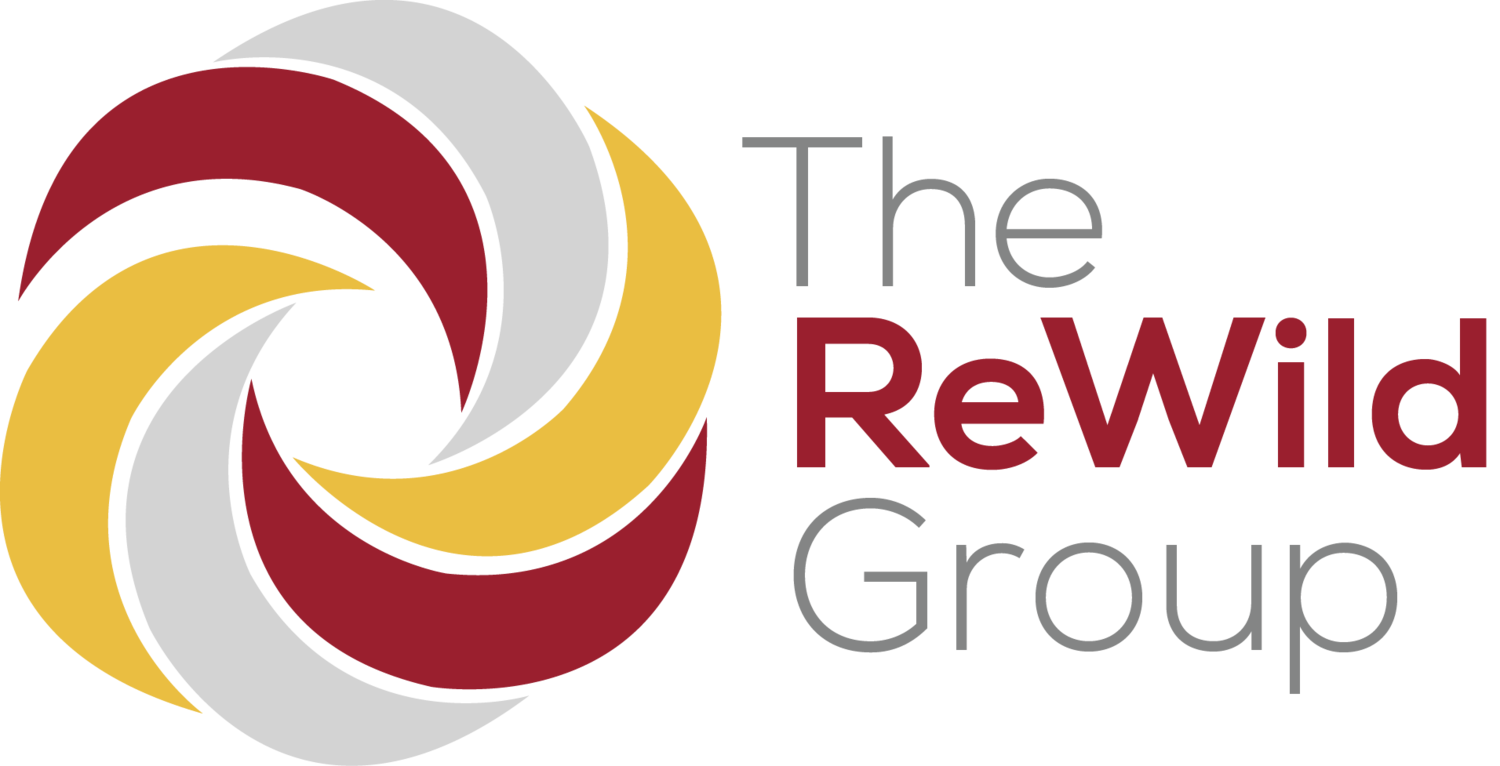
The ReWild Group Blog
The Three Faces of a Leader – Stage 4
In Stage 4, the leader ideally spends 10 percent of their time and energy wearing the Visionary Face, 70 percent wearing the Manager Face, and 20 percent wearing the Specialist Face. Stage 4 is characterized by a leader who is actively developing a management team that leads strong departments.
Gates of Focus in a Stage 4 Business
Stage 4’s Gates of Focus are Process, Profit, and People.
In Stage 4, getting scalable processes and systems in place is critical to facilitate future growth. Businesses that progress past Stage 4 without adequate attention to processes and systems will pay the price in later Stages. One of the most significant ways that a leader can focus on Process is by putting in place well-trained, professional managers who are capable of building strong departments. These managers should have the experience and skills to implement the building blocks necessary for their department to deliver high levels of quality in the functional area the department serves. These building blocks include scalable, trainable, and repeatable processes and systems.
Builder-Protector Ratio in a Stage 4 Company
In Stage 4, the ideal Builder-Protector Ratio is 3:2, which means confidence is slightly higher than caution. The 3:2 ratio in Stage 4 reflects an organization that is once again ready to embrace change (after intentionally slowing down in Stage 3), but at a slower pace than in Stages 1 and 2.
Leadership Style Blend in a Stage 4 Business
The ideal leadership blend for Stage 4 is Coaching, Affiliative, and Pacesetting.
Stage 4: Complexity Drives Need for Experienced Managers
In a Stage 4 company, comprised of 35 – 57 employees, the changes that occur are exponentially more impactful than anything the company has experienced to date.















